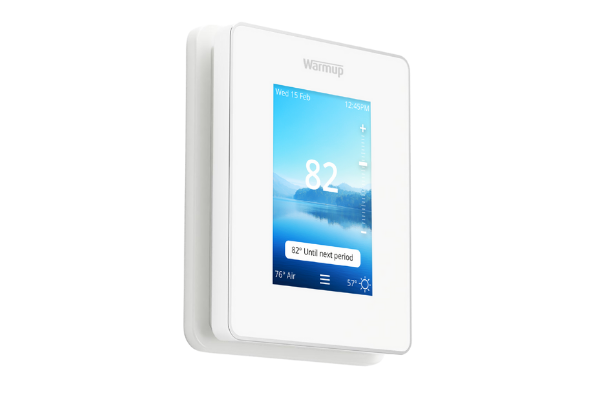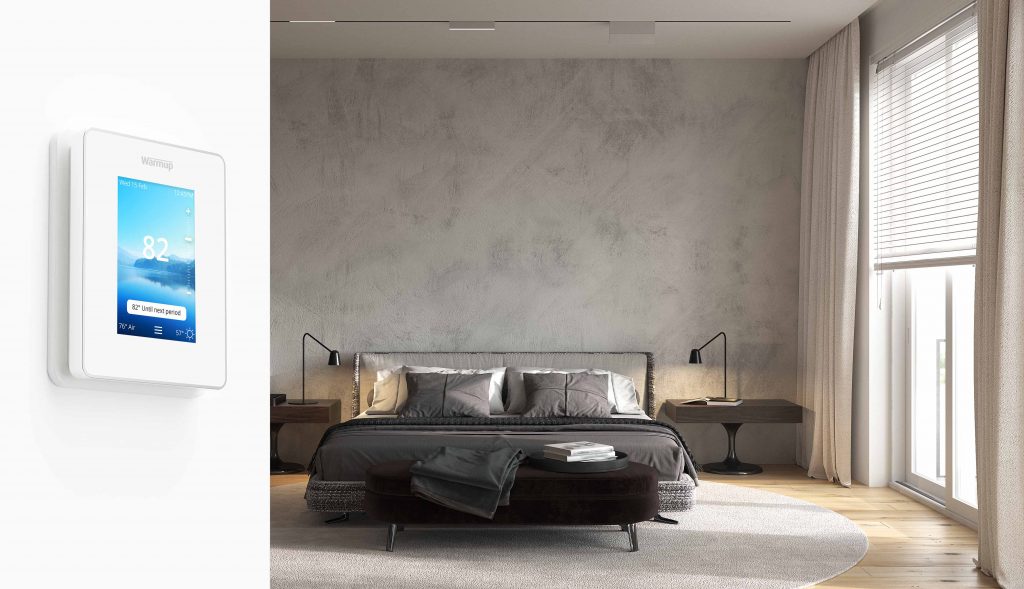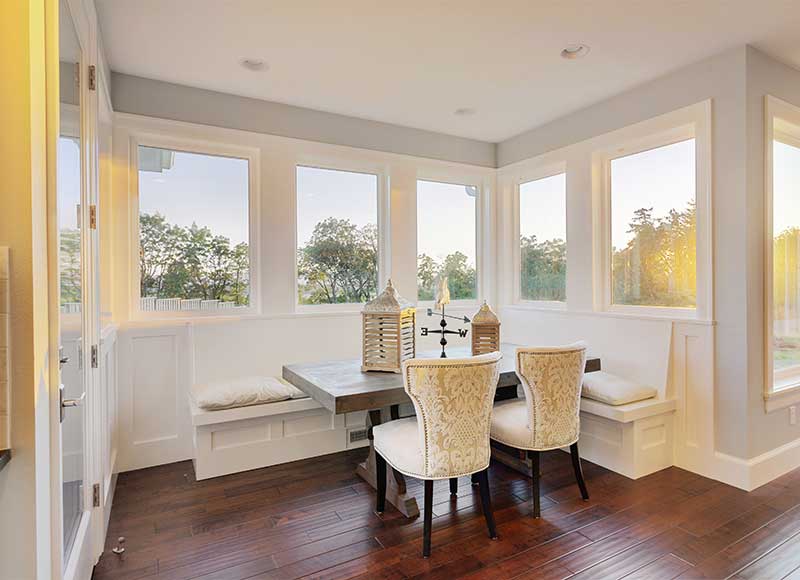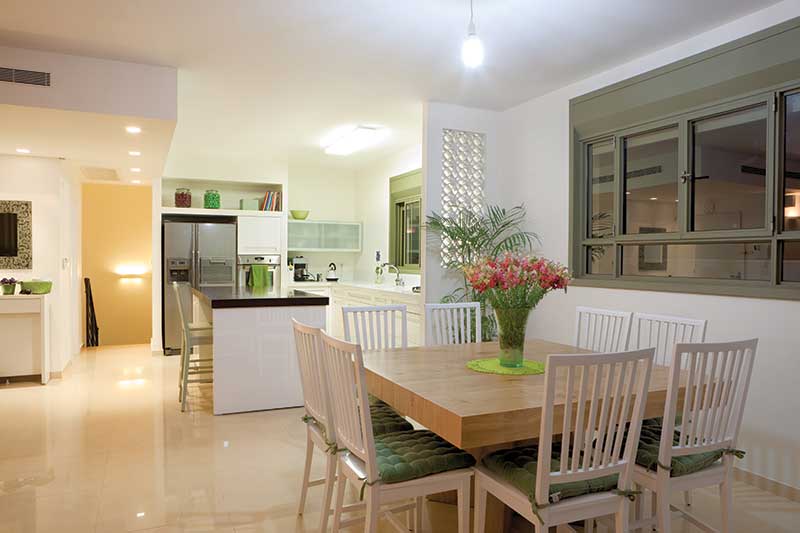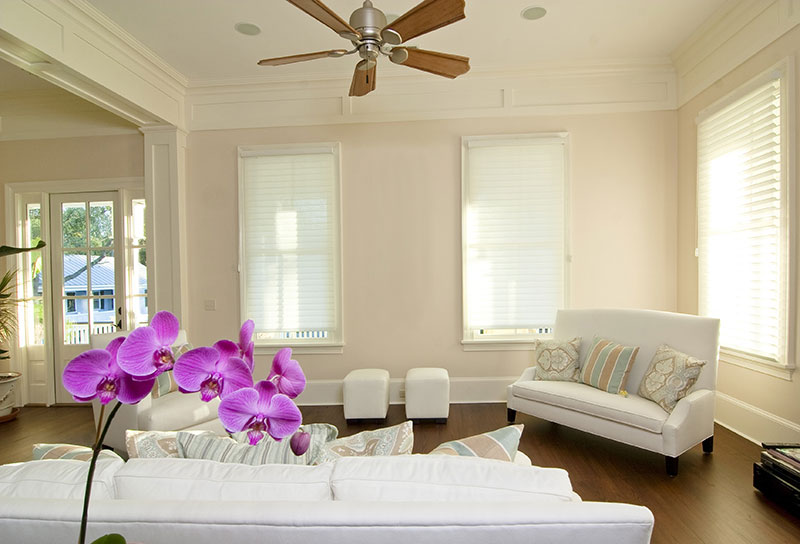A programmable thermostat has become a popular choice for controlling the home temperature. Heating your home all winter long can add up fast, but with North America’s coldest winter in 50 years, it’s also a necessity. Unfortunately, this involves high heating costs for a lot of us. However, according to research, a lot of us make some costly mistakes when it comes to using our programmable thermostat. In this article, we’ll look at the most common mistakes or misuses that people make when using their smart device and how you can avoid them to keep your heating bill as low as possible whilst staying cozy and warm throughout the winter.
1. SETTING THE WRONG TEMPERATURE
Setting the right temperature on your programmable thermostat is key to feeling comfortable at home. However, these days a lot of people tend to overheat their homes, leading to wasted energy and restless, stuffy nights, resulting in headaches. And whilst comfort cannot be defined absolutely, the official cold weather plan for the US suggests living room temperatures of 70°F, whereas bedrooms and all other occupied rooms should be at 64°F. Rooms should not exceed 75°F.
Unfortunately, basic central heating systems don’t allow control of individual room temperatures and all too often there is only a single thermostat located in the hallway, making it more difficult to balance the temperatures at home. However, a simple tip can help here: Turn on the heating and set the radiator valve in your living room to a comfortable level. Then set the valves in the remaining rooms that you are using one level lower. For example, if your living room feels comfortable at level 4 on the radiator valve, your bedroom should be at level 3 or lower. Finally, the thermostat in the hallway should be set to 68°F – since this is the last place to warm up, this will ensure all rooms maintain a comfortable temperature without overheating. Unused rooms should have their doors closed and radiators set to the lowest level.
2. TURNING UP THE THERMOSTAT TO HEAT THE ROOMS QUICKLY
3. KEEPING THE HEAT ON CONSTANTLY
For enhanced energy-efficiency, the best thing to do is lower your temperature when you’re not at home. The amount of heat your home loses is linked to the difference in temperature between inside your house and outside, so the colder it is outside, the more heat you lose and the warmer it is inside, the more heat you lose. Reducing these levels of heat loss is important as the less heat you lose, the less energy you’ll need to use to maintain a comfortable temperature in your home.
Coming home to a cold house causes most people to turn the thermostat up higher than normal comfort level, overheating the house and wasting the money they have saved by using a low temperature when they were out. Programmable thermostats are ideal to avoid this energy wastage, ensuring you come home to warm rooms that have been running efficiently while you were out.
How do I set my underfloor heating controls?
Things can get a bit more complicated when your schedule changes, but this is where an underfloor heating system controlled by a Smart thermostat can help. You can control a Warmup system using the 4iE Smart Wifi Thermostat alongside the MyHeating app on your smartphone which provides increased efficiency, offering a more bespoke ‘zoned’ based heating solution and learning the exact time it takes to warm your home. Its SmartGeo technology also automatically warms up your heating system in time for your arrival home, greatly reducing energy wastage.
4. TURNING THE HEATING OFF INSTEAD OF USING A SETBACK TEMPERATURE
A lot of people turn off the heating completely when they leave the house. However, this can put your home at risk of damp, mold growth and, in extreme conditions, burst pipes. To prevent adverse complications in very cold weather, using a setback temperature is a great idea. A setback temperature doesn’t mean the heating is on when you’re out; if the setback temperature is right for your home, the heating will be off whilst you’re away for a normal amount of time but protected from dropping too far if you’re out for longer than expected.
What temperature should central heating thermostats be set at?
Getting the setback temperature right for your home can take a while and might require a bit of experimenting, but a good starting point is 60 degrees. The average home needs approximately 1 hour to warm up from 60 degrees to 70 degrees, so you should adjust your program accordingly. Smart thermostats can remove the hassle of experimentation by automatically calculating the best temperature to use for your home when you’re away and activating the heating to warm up your rooms just in time for your arrival.
5. INSTALLING A THERMOSTAT IN A VERY COLD OR VERY WARM ROOM
Thermostats measure the temperature of the room that they are placed in via an air sensor and/or a floor sensor. These readings are key when programming setback temperatures and assist in running an efficient heating system, so if a thermostat is installed in a very cold or overly warm room, it may not accurately reflect the true temperature of your home.
Thermostats should be installed in a correct location within your home to ensure it can work at its most effective. We recommend installing a thermostat on interior walls, at an optimal height from the floor – five feet or thereabouts is most commonly suggested. Thermostats should not be installed near windows or in direct sunlight and they should be positioned away from heat sources such as radiators, lamps, ovens or other electronic devices that may produce heat.
We also recommend to always make sure you have sufficient levels of insulation in your home, which helps prevent heat loss and assists in maintaining a consistent environmental temperature.
6. TURNING THE THERMOSTAT UP INSTEAD OF PUTTING ON AN EXTRA LAYER OF CLOTHING
Wearing an extra layer of clothes can increase the temperature you feel by up to 5 degrees. In addition to that, government research has shown that lowering the average temperature in your home by 2 degrees can save up to 10% on your heating bills. In other words, putting on a sweater allows you to set the thermostat at a lower temperature and can save you over a $185 per year on your average heating bill.
7. NOT CHECKING THE TROUBLESHOOTING GUIDES IF THE THERMOSTAT ISN’T WORKING CORRECTLY
Like all technologies, sometimes your thermostat may encounter a problem or two but more often than not any issues can be quickly resolved by reading your instruction manual and learning how to accurately use your thermostat’s features.
If you have any problems using your thermostat such as being unsure of how to create a new heating schedule, set a new target comfort temperature or how to override the thermostat, all Warmup Thermostats come with in-depth installation and troubleshooting guides and you can also access Warmupedia, a website specifically designed to answer all your queries about our range of products.
In some cases, there may be a more technical problem, such as an installation error or something that begins to affect the workings of your heating system. Warmup can provide further resources such as wiring diagrams and also offer phone support 24/7, 365 days a year.
8. USING A SIMPLE ON-OFF THERMOSTAT INSTEAD OF A SMART THERMOSTAT
While some people may prefer using a traditional thermostat which only turns their underfloor heating system on or off, a more advanced Smart thermostat offers much greater energy-efficiency and long-term cost savings. Smart thermostats facilitate features such as automatic heating, remote access, energy-usage data and personalized heat scheduling. A Smart thermostat can even let you control your heating system with your voice using a Smart speaker like the Amazon Echo.
How do I use a manual thermostat?
Manual thermostats offer simple functionality and ease-of-use. There is no need to program manual thermostat instead you can control your heating system with a flick of switch or twist of a dial for immediate heat.
How do I use a programmable thermostat?
For enhanced control of your heating system, use a programmable thermostat which allows you to set personalized heating schedules specifically suited for your needs. Warmup’s Tempo Programmable Thermostat for underfloor heating utilizes a digital screen to clearly set your heating schedule. So, if you need your heating system to come on at a certain time every morning or evening, or at different times on a weekday or weekend, you can program the controller as easily as you would set your watch.
How do I use a Smart thermostat?
Warmup’s 4iE and 6iE Smart Wifi Thermostat for underfloor heating can learn from your routines and utilize full-color touchscreens to clearly and quickly set heating schedules and change heat output levels. Using the MyHeating app on your smartphone to control your thermostat remotely offers even more intuitive access such as automatic heating, so your home is warmed in time for your arrival after a busy day without the need to program a heating schedule. All thermostats should be installed by a qualified electrician. If you’d like to program your thermostat manually, you can follow along with the below video.
